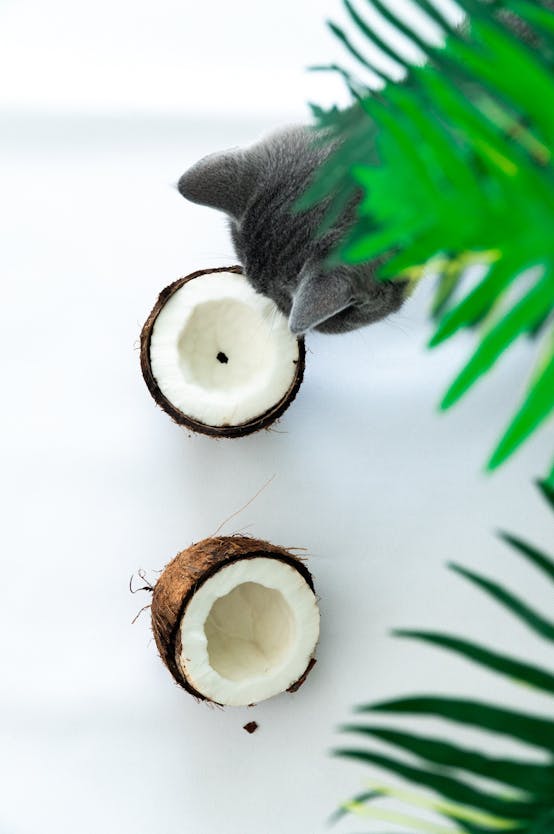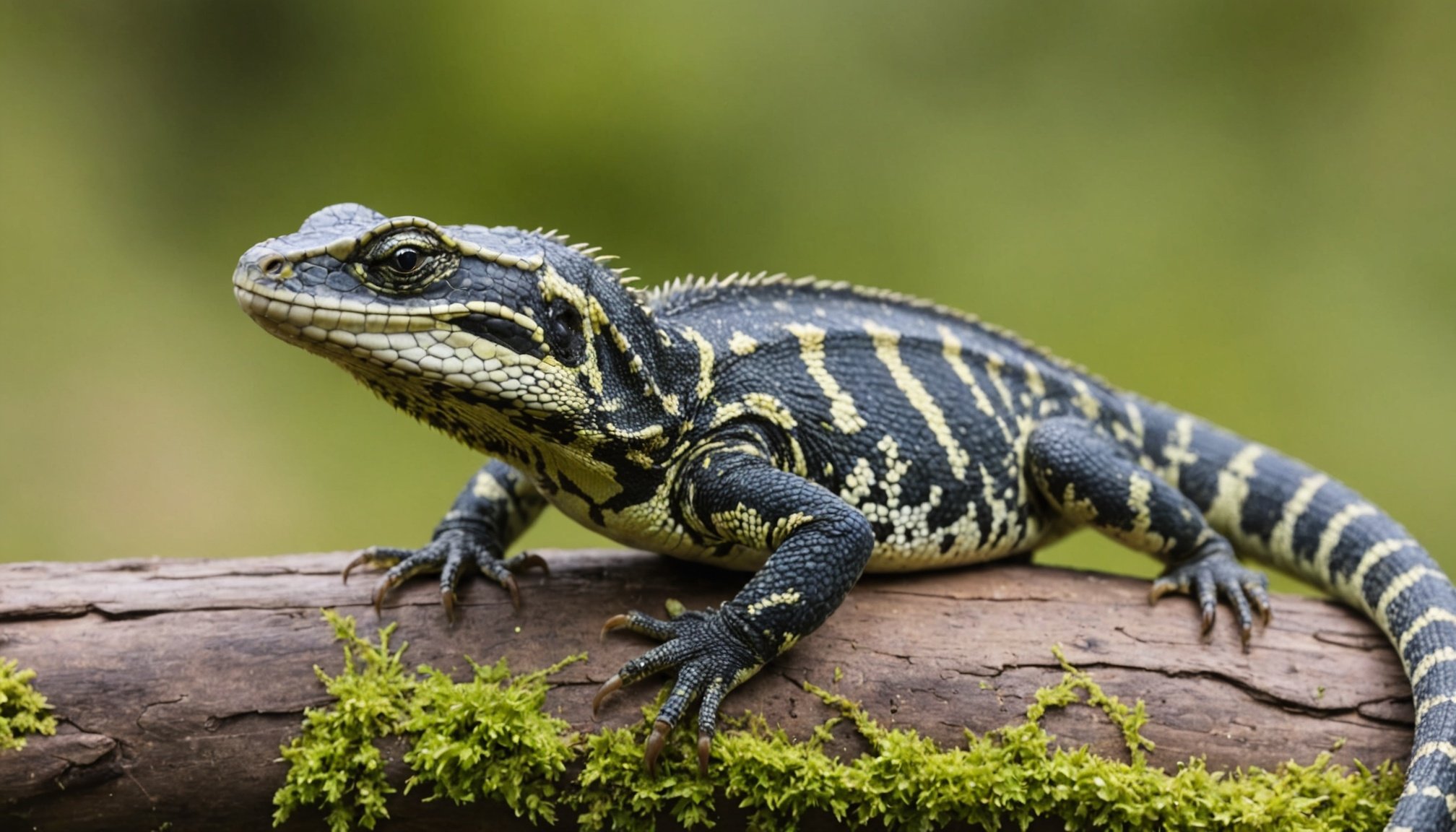Recognizing Signs of Stress in British Reptiles
Understanding the signs of stress in reptiles is crucial for pet owners and wildlife enthusiasts alike. British reptile behavior can often give subtle clues about their state of well-being. Stress in reptiles can lead to health problems if not addressed promptly.
Common Stress Behaviors
Reptiles often exhibit specific behaviors when they are experiencing stress. For instance, changes in appetite such as reduced feeding or refusing to eat, are common stress indicators. Another indicator is increased aggression or defensive behavior, which may manifest as tail whipping or hissing.
A lire aussi : Exploring the Hazards of Dog Walking Near Farm Animals in the English Countryside
For British reptiles, behavioural shifts like spending excessive time hiding or showing unusual restlessness can signify stress. It is important to pay attention to these behaviors as early signs to mitigate potential health issues.
Species-Specific Indicators
Different species have unique stress indicators. For example, in British grass snakes, head-hiding or frequent attempts to escape their habitat are stress signals. In contrast, slowworms may become lethargic or overly sensitive to handling. Recognizing these stress indicators is vital for providing the best care and ensuring a reptile’s health and longevity.
Avez-vous vu cela : Essential Tips for Establishing a Thriving Beehive in Your Urban UK Garden
By learning these signs and understanding British reptile behavior, owners can take necessary measures to reduce stress, offering an enriching and supportive environment for their reptilian companions.
Detailed Descriptions of Stress Indicators
Understanding the physical signs of reptile stress and related behavioural changes is essential for any reptile owner. Recognising these indicators helps in addressing the well-being of your pet promptly.
Changes in Feeding Behavior
One of the most common stress symptoms in reptiles is a reduced appetite. A sudden change in feeding habits, such as food refusal, can be a significant stress indicator. For instance, geckos and bearded dragons are known to refuse meals when stressed. Evaluating their environment for stressors like temperature fluctuations or inadequate hiding spots can provide relief and encourage regular eating.
Altered Movement Patterns
Reptiles exhibiting increased hiding or lethargy may signal an underlying issue. On the flip side, aggressive or defensive behaviors, such as hissing or tail whipping, can also be signs of unease. An environment that’s too hot or overcrowded often leads to such stress symptoms.
Physical Changes
Physical transformations in reptiles are also important stress indicators. Shedding issues or noticeable weight loss can be indicative of a stressful environment. Observing these changes and addressing factors like humidity or lighting is crucial in maintaining their physical health. Providing a habitat that mirrors their natural environment can mitigate stress-related physical changes significantly.
Effective Strategies for Alleviating Stress
Reptile owners often seek effective ways to ensure their pets are comfortable and healthy. Stress relief for reptiles is essential to maintaining their wellbeing. One approach is habitat improvement, which involves creating a more enriching environment. Start by ensuring the enclosure size suits the reptile’s species — a spacious habitat allows for natural behaviours, reducing anxiety.
Incorporate elements such as rocks and branches to mimic a natural setting. These additions encourage exploration and exercise, vital for mental stimulation. Pay attention to the lighting and temperature within the enclosure. Different reptiles require specific temperature gradients and UVB light exposure. Regularly monitor these factors to facilitate optimal stress relief for reptiles.
Temperature and humidity play crucial roles in stress management. Invest in reliable thermometers and hygrometers for accurate readings. Adjust the settings based on the reptile’s natural habitat requirements. Proper reptile care tips often emphasize these environmental controls.
Finally, handling techniques should be gentle and infrequent, particularly during shedding or feeding times, as this is when reptiles can be more susceptible to stress. Practising patience and understanding will ensure a harmonious relationship between you and your pet. By following these reptile care tips, you can create a tranquil and healthy environment, promoting a stress-free life for your reptile.
Practical Tips for Observation and Monitoring
Understanding and monitoring the health and well-being of reptiles is crucial for responsible pet ownership. Knowledge of reptile observation techniques is invaluable for maintaining their health and ensuring timely interventions when necessary.
Understanding Reptile Body Language
Recognising key body language signs can help in identifying stress or discomfort in reptiles. Look for unusual behaviours such as excessive hiding, lack of appetite, or aggression – all of which could signal distress. Understanding these subtle changes can make a significant difference in addressing issues before they escalate.
Regular Health Check-ups
Routine health check-ups are essential for stress prevention. Regular visits to the vet not only facilitate ongoing monitoring reptile health, but also allow any stress indicators or behavioural changes to be caught early. During these exams, it is important to discuss with the vet any significant observations or concerns noted through regular monitoring at home.
Documentation and Records
Keeping a journal is a practical part of behavioral assessment. Record any behavior changes or health conditions observed, as this data can be immensely helpful for both pet owners and veterinarians. Over time, documented observations can help identify stress patterns, allowing for proactive management of reptile health and well-being. Proper documentation establishes a reliable reference that can improve decision-making regarding care and intervention strategies.
Resources for Reptile Care and Management
Exploring reptile care resources is crucial for any reptile enthusiast. If you’re delving into authoritative reptile care information, several recommended literature resources can provide invaluable insights into understanding and managing reptile stress and well-being. Books like “Reptile Medicine and Surgery” by Dr. Douglas Mader stand as a benchmark in veterinary guidance, offering comprehensive details on disease prevention and routine health care. Meanwhile, “The Ultimate Guide to Herpetology” shares practical advice for nurturing various species, emphasizing everyday health management practices.
For those seeking online guidance, there are numerous supportive communities dedicated to reptile care. Subreddits like r/reptiles and forums on sites like Reptile Forums UK bring together avid reptile owners, sharing experiences and advice in accessible online habitats. These platforms not only offer real-time guidance but also share updates on the latest findings in wildlife management resources.
Furthermore, securing contact information for veterinary specialists who focus on reptile care is essential. The Association of Reptile and Amphibian Veterinarians (ARAV) is a professional network offering contact details for specialists worldwide, ensuring every reptile owner can connect with expert care tailored to their pet’s species and specific health needs. With these resources at hand, you’re well-equipped to provide the attentive care every reptile requires.













